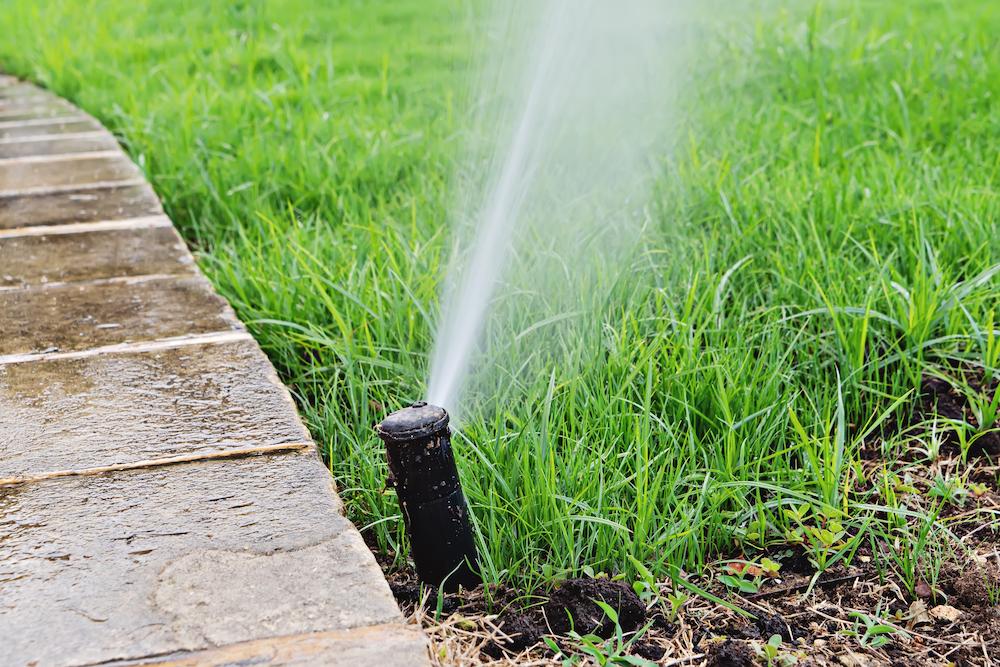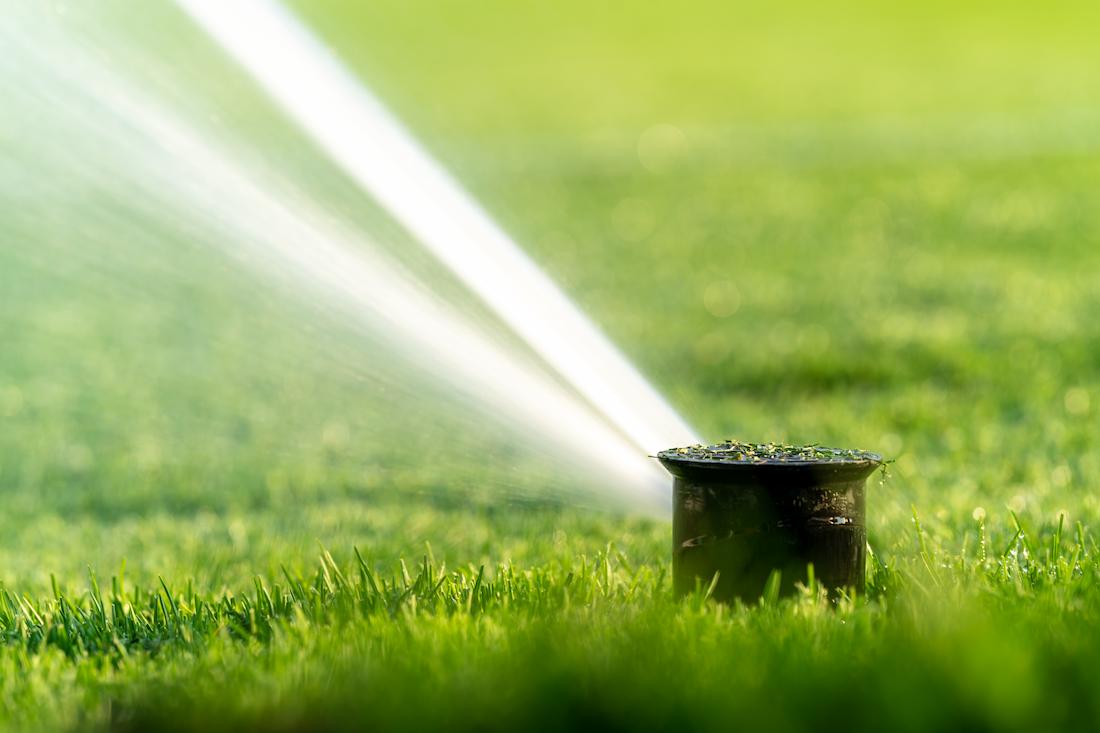Smart Strategies for Mowing Your Lawn Properly
Are you looking for the quickest and most efficient way to mow your lawn? Tired of an uneven cut or tall grass around the edges?
A good lawn maintenance plan can help you get the results you desire without breaking your back.
Mowing your lawn can be a chore. Knowing when to mow, what tools to use, and what techniques will deliver the best outcome can make all the difference in creating a lush, healthy lawn.
It is also important to consider environmental implications when deciding on lawn-care techniques.
Finding smart strategies for mowing your lawn properly is key to achieving a well-manicured landscape.
Whether you’re looking for tips on how often to mow, how short to cut grass, or which tools are best suited for DIY mowing projects, the following advice will help you get the job done quickly with excellent results.

Understand the characteristics of your lawn
Knowing the characteristics of your lawn is essential for successful lawn care.
Understanding the amount of sunlight your lawn receives, the type of soil, and any slopes will help you choose suitable grass types as well as maintenance schedules.
Testing your soil to determine what kind of fertilizer you need to ensure adequate nutrition will provide healthy growth and lessen the need for insecticides and herbicides.
Choose a grass that grows best in your location and watering appropriately can go a long way in promoting healthy turf.
Choose the right mower for the job
When it comes to choosing the right lawn mower, there are a few important factors to consider.
It’s important to assess the size of your yard and terrain, as that will determine what type of mower you need. You should also evaluate your budget and how much power you want for the job.
You may decide to search locally for a commercial company and hire a Surrey lawn mowing service rather than cut the grass on your own.
If you still decide to keep the job in your hands then selecting a machine with features such as adjustable blades or height adjustments may be necessary depending on the job at hand.
With careful consideration and the right information, you can choose a lawnmower that is perfect for accurately cutting your grass and keeping your yard looking trim and tidy.
Mow in multiple directions and keep an angle to create a checkered pattern
Mowing your yard in multiple directions and at an angle can create a checkered pattern, which is both aesthetically pleasing and prevents damage caused by compaction.
By changing the direction of the cut, grass roots can grow back thicker and stronger, as they have not been repeatedly running into previous pathways.
When mowing in multiple directions keep an angle of 30-45 degrees and pay attention to details – slightly overlapping each pass ensures smoother lines.
As a final step, detailed trimming edges with a trimmer will give you that perfect checkered look for the summer season.
Keep your mower blades sharp
Keeping your lawn mower blades sharp is an essential part of lawn care. Sharp blades cut grass easily and give it a clean-cut look, while dull blades tear the grass, causing uneven edges and providing a rough appearance.
It’s generally recommended that you sharpen your mower blades every two months for optimal performance.
This will also reduce stress on the engine, as getting through thick grass requires more power when the blades are dull.
You can get your blades sharpened at any lawn supply or hardware store, or you can do it yourself with a small handheld file or an electric sharpener.
Keeping your mower’s blades in top condition not only makes your lawn look great but saves time and energy in the long run!

Water & fertilize beforehand for best results
One of the best tips for having a successful garden is to water and fertilize beforehand. This ensures that your garden has adequate nourishment and hydration before you start planting, giving it the best chance to thrive throughout the season.
Watering before planting will also help reduce competition from weed seeds, meaning your desired plants have the best chance at establishing themselves before weeds can take hold.
Fertilizing before planting will provide essential nutrients to any new or existing roots, while also helping with drainage and aeration of excess soil moisture, so you can rest assured that your plant’s roots are happy and healthy as they grow.
Clean up clippings and debris
Cleaning up clippings and debris can ensure your yard looks neat and tidy all year round. Not only does it make your lawn look attractive, but it also helps to top-dress the lawn with nutrients to promote the healthy growth of grass.
Removing debris and clippings will help to keep pests away and improve air quality by reducing the number of dust particles floating in the air. Regularly cleaning up clippings and debris is an important part of maintaining a beautiful, healthy lawn.
Mowing your lawn is an important part of landscaping and can be done in a variety of ways.
As you focus on regular maintenance, grasses should be given enough water and should also be fertilized.
Different grasses require different mowing techniques, so it’s important to understand the particular needs of your grass before getting started.
It’s also important to ensure that the lawn mower blades are kept sharp as well as setting the correct cutting height for maximum care and potential health benefits for your lawn.
With careful strategy and regular applications, you will be able to produce a beautiful, healthy lawn with excellent results.
…




